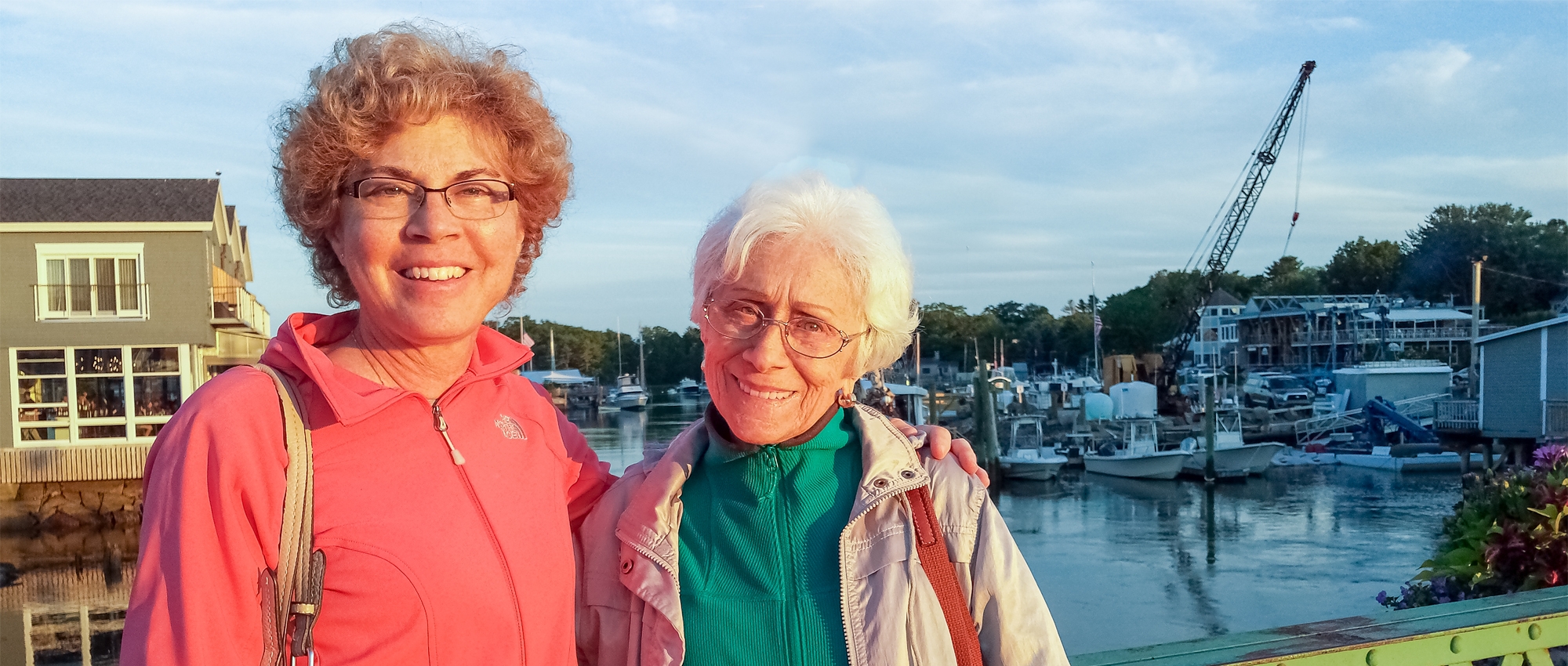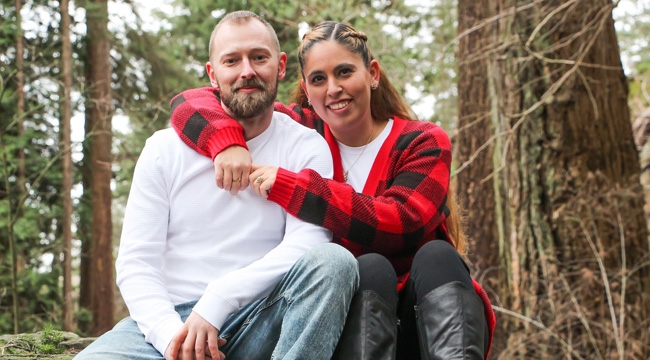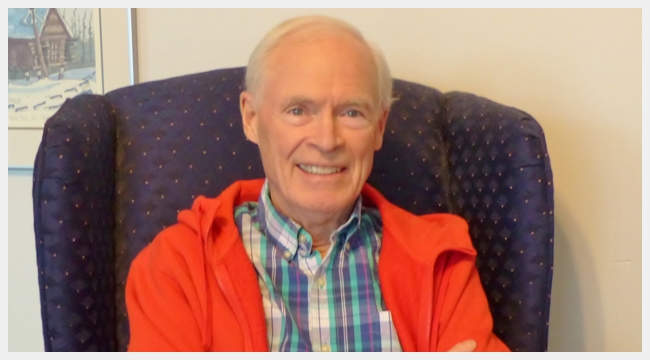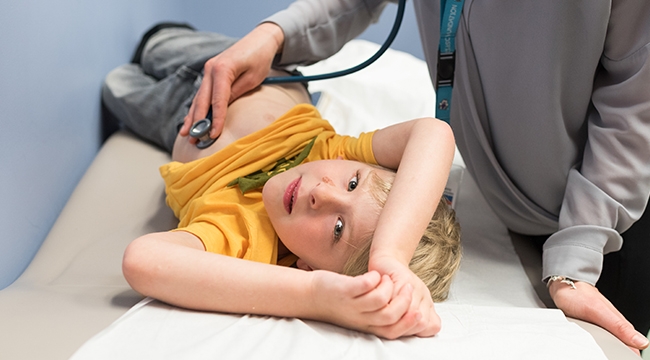Cancer survivor feels ‘blessed’ by stem cell donor’s act of kindness
Calgary’s Diane Charlebois owes her life to a stem cell donor half a world away
Before the COVID-19 pandemic hit, Diane Charlebois, 60, was excited and looking forward to this year’s summer. It wasn’t because of the warmer weather or the chance to escape to the beach or countryside, but rather the opportunity to say “thank you” in person to the stranger who saved her life.
In the summer of 2014, following symptoms of fatigue and initial blood test results that showed an unusually low red blood cell count, Diane was referred to a specialist. By the time she saw that hematologist, she had become very weak and needed an immediate blood transfusion. She had a bone marrow biopsy and the doctor told her to “expect something serious.”
Within a week, Diane was diagnosed with myelodysplastic syndrome (MDS) — a blood disorder that impairs the body’s ability to produce healthy blood cells. She was told that her condition was progressive, and that to survive, she would need a stem cell transplant within five or six years.
“I was shocked and devastated. My life turned upside down,” says Diane, who lives in Calgary, Alberta. “I had always been vigilant about my health. I ate well and was very active. I never smoked or drank alcohol, so my family and friends were just as shocked as I was by this news. It was unreal.”
Diane received blood transfusions that made her feel normal again. But she spent days coming to grips with her diagnosis and doing research online to learn about life expectancy with the disease. She couldn’t bear the thought of sharing the news of her illness with her daughters or her mother.
Then, just two months later, Diane’s condition worsened, and her stem cell transplant became urgent.
What are stem cells?
Stem cells, specifically blood stem cells, are immature cells that can develop into any cell present in the bloodstream. And for stem cells to be transplanted successfully, donor and recipient must be a close genetic match.
At any given time, hundreds of patients in Canada await matching stem cell donors. And while close relatives are often genetically similar, only 25 per cent of patients find a match within their own families. Many patients turn to Canadian Blood Services Stem Cell Registry. The registry has access to a pool of nearly 460,000 potential donors in Canada, and another 38 million worldwide.
“Without a transplant, I had roughly six months to live,” says Diane. “I was now fighting for my life and needed blood transfusions every three to six weeks.”
Diane recalls how rapidly her symptoms set in. She suffered chronic fatigue and her concentration and focus declined. When participating in physical activity became difficult, she knew she had to be honest with her daughters and her mother.
“I was relieved when the secret came out,” says Diane. “The hardest thing was telling my 85-year old mother. A mother never wants to outlive her children.”
A chance to save or extend a life

Manuel Gamperl donated stem cells for Calgary’s Diane Charlebois in May 2015. Manuel donated in Nuremberg, Germany when he was just 18 years old.
Far away in Jetzendorf, a small village near Munich, Germany, Manuel Gamperl was moved to join his country’s stem cell registry when he heard about a three-year-old girl in a neighboring town who needed a stem cell transplant.
“I was desperate to help this little stranger,” says Manuel.
Just a few weeks later, Manuel received a letter from the registry, informing him that he had matched another patient who was in desperate need of a donor. At the time, he was only 18 years old, but he felt called to save another human being.
“When this news came, I was excited to have the chance to save a life,” says Manuel. “It was clear to me from day one that my donation would go to someone I didn't know, but that didn't matter to me. The thought that my stem cells were going to extend someone else's life was just enough.”
In Canada, Diane was relieved to hear that only two weeks after her search began, Canada’s stem cell registry had identified a match for her stem cell transplant.
Stem cell matches are determined according to DNA markers called Human Leukocyte Antigens (HLA). These are found on the surface of white blood cells and are inherited from our parents. The best potential HLA match is usually from a sibling. However, most patients without a match from a sibling rely on an unrelated donor from outside their family.
At the beginning of summer 2015, six months after he learned he was a match, Manuel donated his stem cells at Nuremberg Clinic in Nuremberg, Germany. His stem cells were flown from Germany to Tom Baker Cancer Centre in Calgary, where Diane was awaiting a transplant procedure.
Five and a half years after the transplant, Diane remains in remission.
Thankful for the gift of life

Diane Charlebois sent this card to her donor six months after her transplant. She says even though she didn’t know her donor, sending this card was the best way to thank them for the “Christmas gift”.
The gift of life meant that Diane could spend more time with her family and friends. She was able to attend her daughter’s graduation and wedding, and celebrate another daughter’s new job and new home. Also, when she lost her father a year after her transplant, she was able to support her elderly mother though her grief.
“I never thought that I’d get the opportunity to travel and ski with my husband again,” says Diane. “Since being in remission, we have done many trips together, including driving across Canada and to Arizona and Utah. We even went to Spain for hiking on the island of Mallorca and this is because of my new lease on life.”
After her transplant, Diane looked forward to the opportunity to look Manuel in the eye and thank him. “I was so blessed by the act of kindness by a total stranger, and I promised myself to reach out to this person if I made it,” says Diane. “This was not something to take for granted.”
In Canada, stem cell donors and recipients are not permitted to communicate directly or exchange identifying information for the first year after transplant. But they can exchange anonymous letters within that year, and after the year has passed, direct communication is permitted with donor and patient consent.

Stem cell donor Manuel Gamperl replied to recipient Diane Charlebois’s message with this heartwarming card.
COVID-19 pandemic prevents meeting
In January 2017, Manuel received an email from Diane asking if he would like to visit her family in Calgary. He replied that he would, but he couldn’t come right away. So the two of them met via Skype to catch up every few months, as well as around the anniversary of Diane’s transplant.
A few years later, Manuel was ready to travel to Calgary. The two planned to meet this past summer, but the COVID-19 pandemic delayed that joyful event.
“I look forward to welcoming Manuel and his family to Canada next year,” says Diane. “Both of us are connected for life and he and his mom, who supported his donation, are real heroes.”

Manuel Gamperl met with Diane Charlebois and her daughters via Skype in summer 2020.
The need for committed donors and new registrants
Stem cells can be used to treat more than 80 blood cancers and disorders, and donors such as Manuel give patients a fighting chance.
“I always like to encourage as many people as possible to register to donate stem cells because that little action I took many years ago gave Diane more years on earth with her family,” says Manuel. “Just about anyone could save a life, and it doesn’t matter where in the world the donor lives.”
You can join Canadian Blood Services Stem Cell Registry by signing up online to get a swab kit delivered in the mail. We encourage healthy people between the ages of 17 and 35 to join the registry to help provide matches for patients in need.
“There is a match out there for everyone with blood cancer, people just need to come forward and register,” says Diane. “Anyone within the eligible age brackets who’s in general good health can get on the registry as a potential lifesaver.”
As we celebrate World Marrow Donor Day today, we encourage eligible stem cell donors to register online to get their swab kit delivered in the mail. We also encourage expectant mothers living in Brampton, Ottawa, Edmonton, and Vancouver to consider donating umbilical cord blood, another source of stem cells. You can help save a life.



